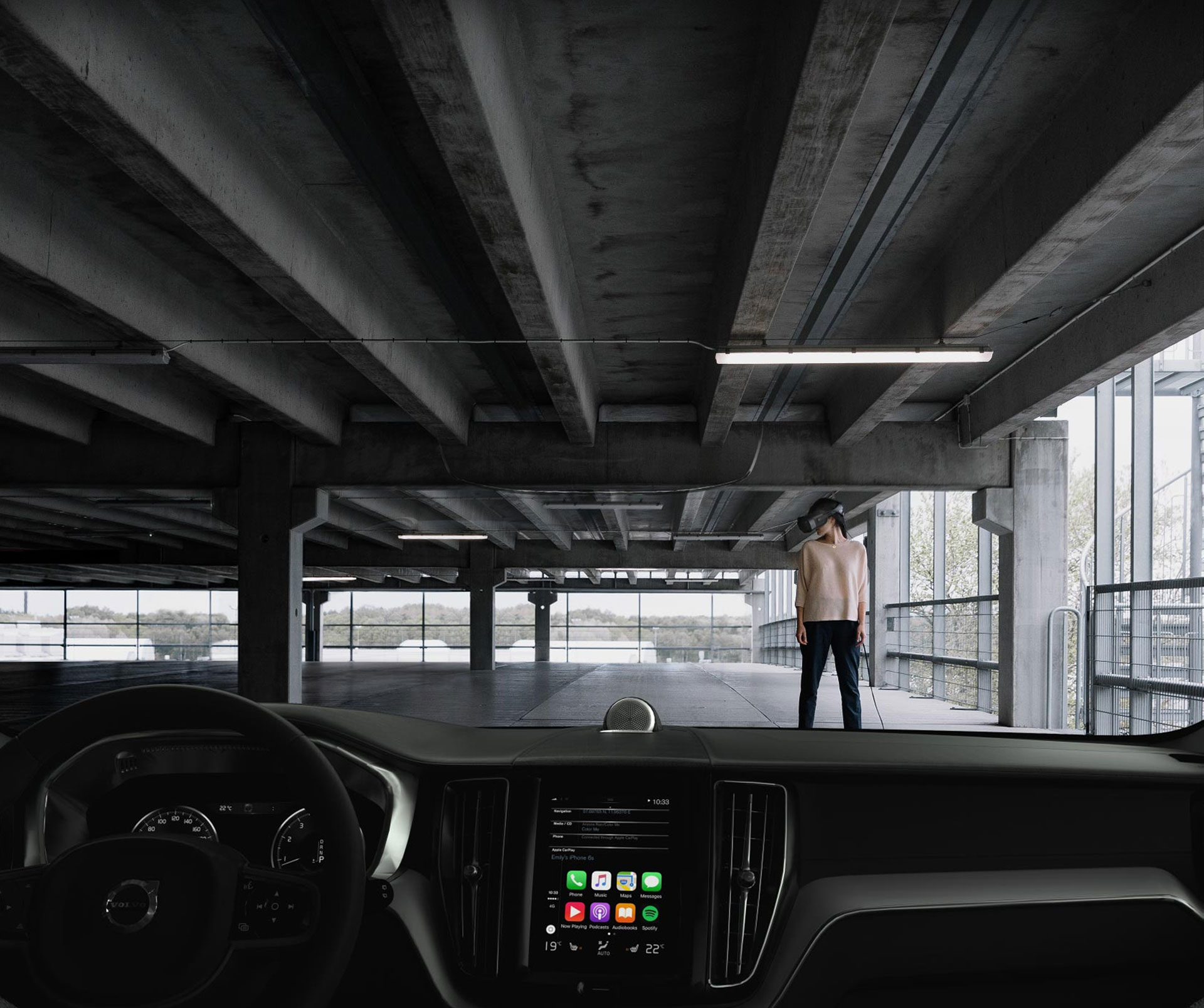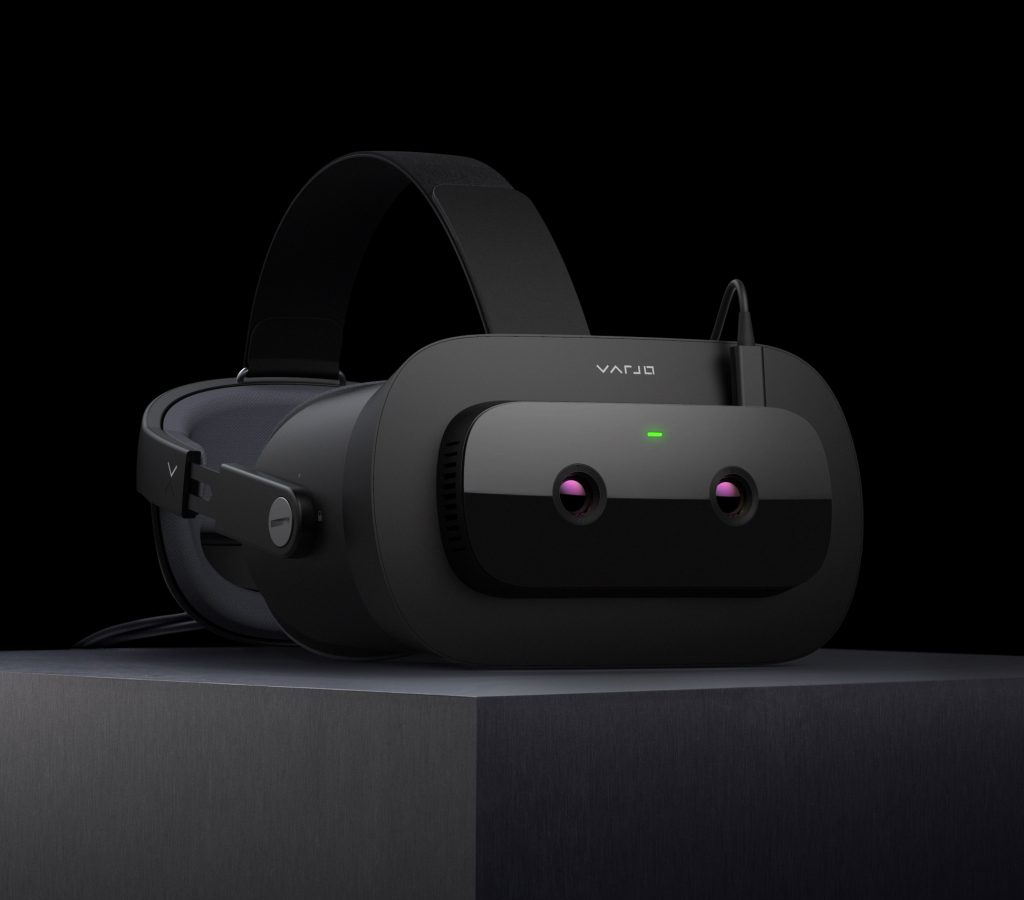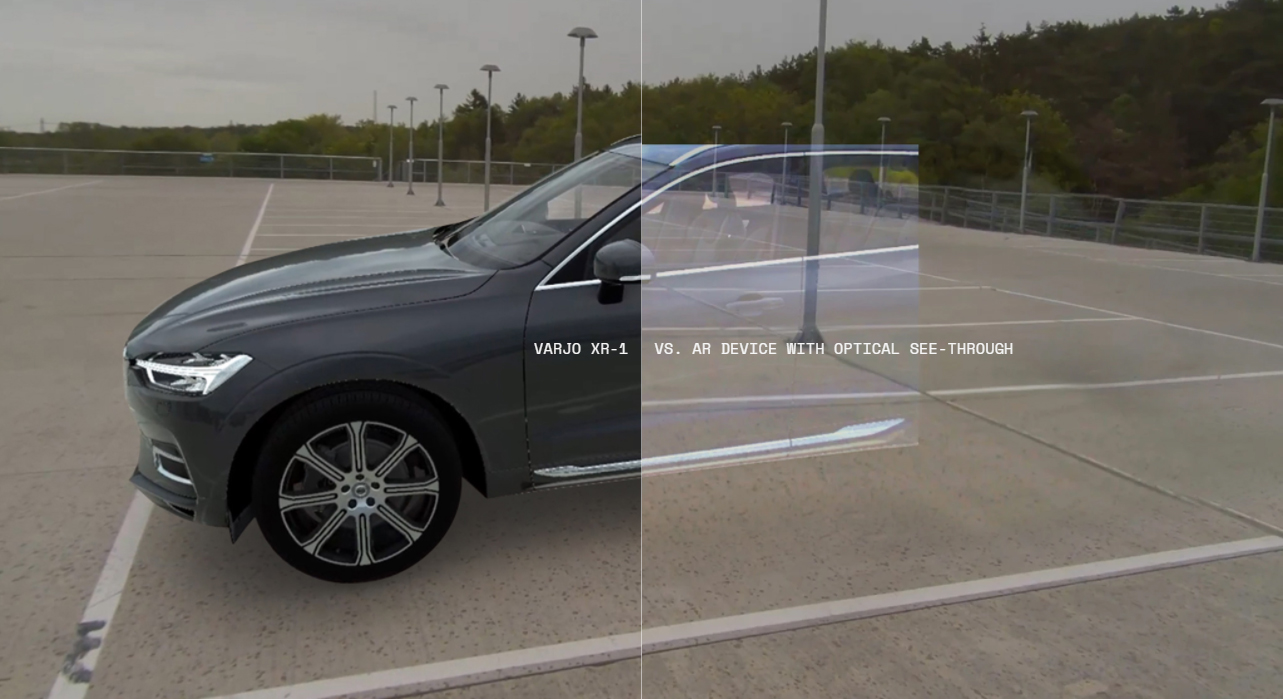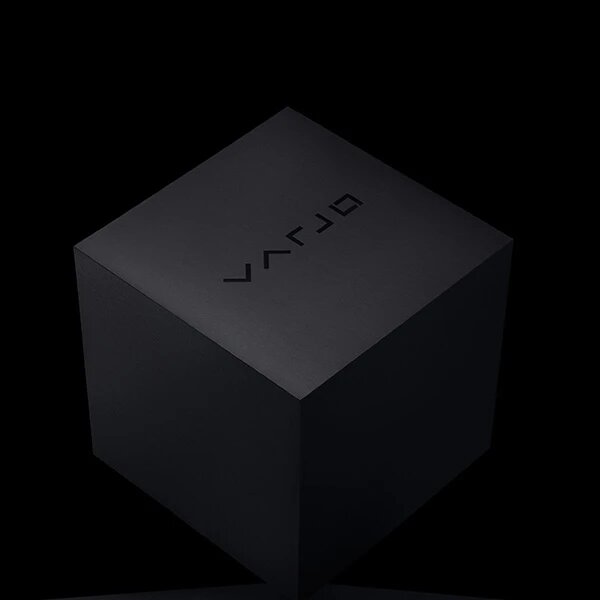Learn even more about XR-1 Developer Edition.
Can I buy XR-1 Developer Edition without R&D capability?
XR-1 Developer Edition is a development tool made for people who want to build state-of-the-art XR experiences in photorealistic visual quality. When using XR-1 Developer Edition, your organization will strongly benefit from having existing knowledge of VR and MR, ideally from an in-house VR/XR lab or an external partner used to develop immersive experiences.
Please note that Varjo products are only for business use, and purchasing requires a valid company tax registration number.
Does XR-1 Developer Edition understand the world around it? How about occlusion?
XR-1 Developer Edition has an active IR-system that makes it aware of its surroundings, so the device is able to understand how far away objects are from the headset. This enables your virtual objects to realistically interact with and co-exist in the real world.
One example of this is real-time occlusion, meaning that virtual objects can be hidden or “occluded” by real objects – such as hands or your desk – that are closer to the headset than your virtual objects. In addition to realistic interaction, seeing your real body in a VR application for the first time also adds a powerful sense of presence.
We are continuously improving our depth estimation software for higher-quality results. In the future, depth maps will become available for developers as data streams via our API.
Does XR-1 Developer Edition support hand tracking?
Not at the moment, but with the depth map generated by the advanced depth sensor system in XR-1, there is a solid platform for generating reliable hand tracking and gesture recognition in the future.
How does the eye tracking work in XR-1 Developer Edition?
Our built-in 20/20 Eye Tracker tracks users’ eye movements in 100 Hz with sub-degree accuracy (the equivalent of being able to clearly see your fingernail from the distance of an arm’s length). This means that for the first time ever, you can track users’ eye movements with high precision and accuracy as they see and interact with the real world enhanced with virtual, photorealistic content. This has tremendous value for researchers, training and simulation professionals, as well as 3D designers.
XR-1 Developer Edition has automatic IPD adjustment and it’s been designed to work just as well for users who wear glasses.
What is the resolution in XR-1?
The visual quality of the mixed reality is ultra-high definition – 4.6k to be exact – and, in comparison to existing products on the market, XR-1 runs at around 35 x the resolution, and each individual pixel is of a much higher quality.
While XR-1 Developer Edition can be used in full VR mode in human-eye resolution, the image quality in mixed reality mode is optimized with video pass-through and eye tracking. The camera specs are 2 x 12 megapixels at 90 Hz, fixed focus, 1/3” sensor size with 1.55 μ pixel size on a 94-degree circular viewing angle. Our imaging pipeline has 4 streams (2 per eye): 1008 x 1008 downscaled from the full 12 Mpx and foveated 834 x 520 full resolution crop.
How are you optimizing the video pass-through resolution?
With video pass-through mixed reality, both the visual quality and the bandwidth are optimized. We do that by sampling two video streams with different resolution from each camera and use eye tracking to determine which area of the sensor should be sampled in high resolution. So whatever the user is looking at will always be seen at the highest possible resolution.
The surrounding areas are sampled in lower resolution to ensure that transfer speed can be handled by modern computers, at below 10Gb/s. To put this into context, the human eye sends peripheral images to the brain at a mere 10 Mb/s.
Like our VR headsets, XR-1 can also be used in human-eye resolution in full VR mode.
Which tracking systems are supported?
Varjo provides an API for third-party tracking technology providers to integrate their solution with Varjo headsets. Currently Varjo supports SteamVR tracking and ART tracking.
What is the latency?
An incredible amount of work has been put to minimizing the latency between the camera and the display, which is now set at < 20 ms photon-to-photon. This is undetectable in normal interaction situations, and universally deemed as good enough to not create any false sensations.
What do you need to set up the XR-1 Developer Edition?
You need a Windows 10 PC or a powerful laptop with native Thunderbolt. We recommend choosing a model from this list of computers known to work with XR-1 Developer Edition. To establish tracking for the headset, you’ll need 2–4 SteamVR base stations. A well-lit room is recommended.
Read more from our user guide Getting started with XR-1 Developer Edition.




